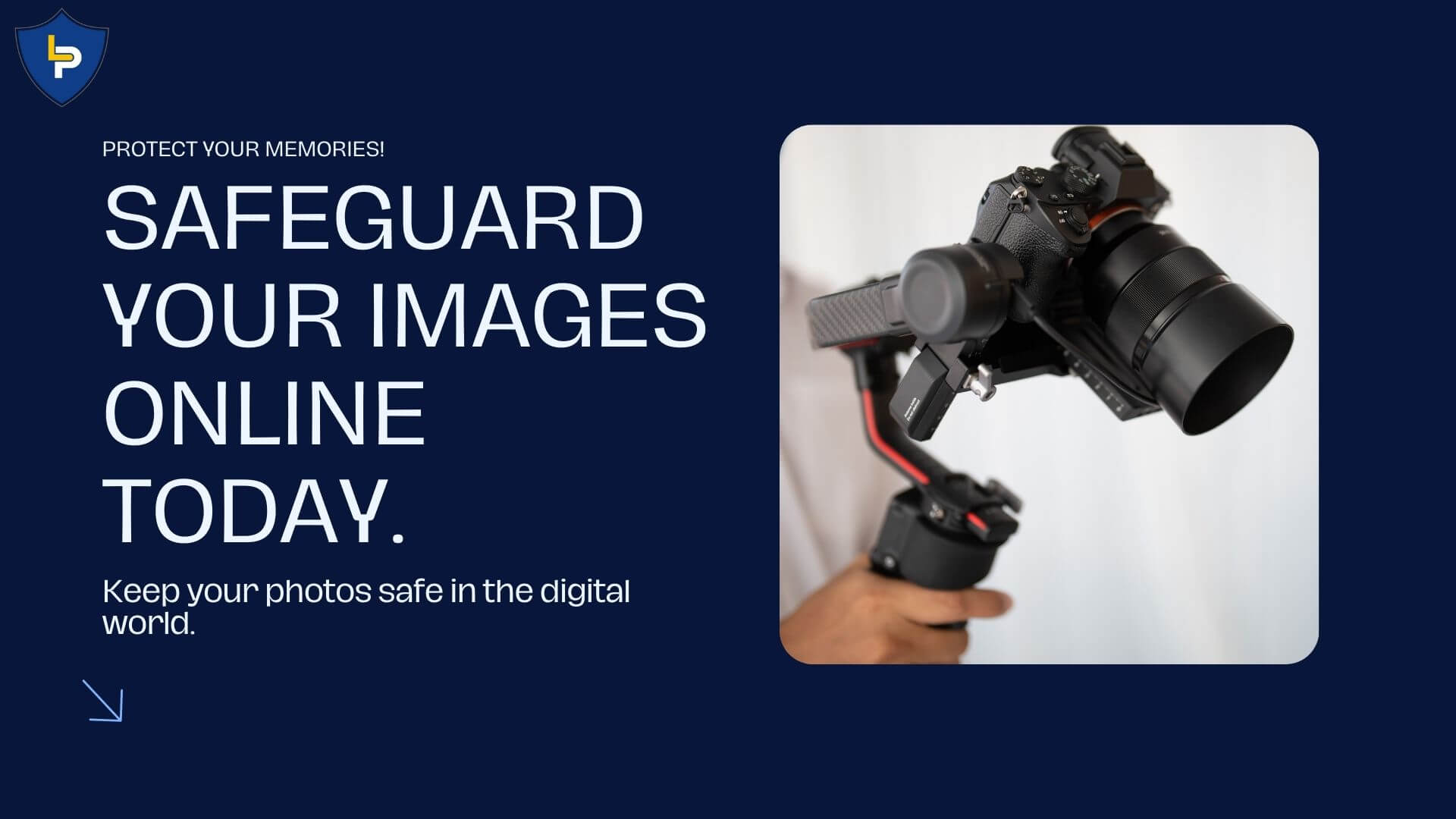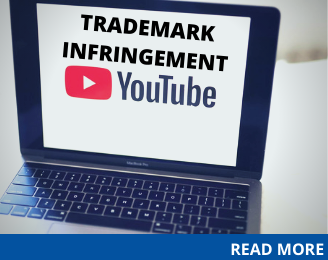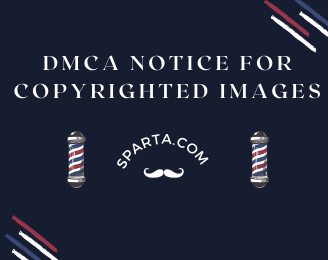In today’s digital age, photographers face a constant battle against copyright infringement. Your images, your art, are your livelihood, and protecting them is paramount. With the rise of online platforms and social media, it’s easier than ever for your work to be unlawfully used or reproduced without your consent. However, there are tools and legal avenues available to safeguard your creations. One such tool is the Digital Millennium Copyright Act (DMCA), which provides a framework for addressing copyright infringement online.
Understanding Copyright Infringement
Copyright infringement is the unauthorized use of copyrighted material, including photographs, without the permission of the creator or copyright holder. It encompasses various actions such as copying, distributing, displaying, or modifying the work without proper authorization. For photographers, copyright infringement can result in significant financial losses and damage to their reputation. Additionally, it diminishes the value of their creative efforts and undermines the integrity of their work.
The Importance of Copyright Protection for Photographers

Photographers invest considerable time, effort, and resources into creating captivating images. Copyright protection ensures that they have control over how their work is used and distributed. It grants photographers exclusive rights to reproduce, distribute, display, and create derivative works based on their photographs. Without copyright protection, photographers would have little recourse against unauthorized use or exploitation of their images.
Utilizing DMCA Takedown Notices
When you discover unauthorized use of your images online, one effective course of action is to issue a DMCA takedown notice. This notice, typically sent to the website hosting the infringing content or the internet service provider (ISP) of the infringer, requests the removal of the copyrighted material. It outlines the infringing material, provides evidence of your ownership, and asserts your rights under the DMCA.
Crafting a DMCA Takedown Notice
To effectively assert your rights under the DMCA, your takedown notice should include specific information :
- Identification of the copyrighted work, including URLs or other identifying information.
- Proof of your ownership of the copyright, such as registration or other documentation.
- Contact information, including your name, address, phone number, and email.
- A statement affirming that you have a good faith belief that the use of the material is not authorized by the copyright owner.
- A statement asserting that the information in the notice is accurate, under penalty of perjury.
- Your electronic or physical signature.
Dealing with Copycats: A Photographer’s Dilemma
Despite the protections afforded by the DMCA, photographers must remain vigilant in monitoring their online presence and detecting instances of copyright infringement. Regularly conducting reverse image searches and utilizing online tools can help identify unauthorized use of photographs across the web. Additionally, photographers can employ watermarking techniques to deter copycats and protect their images from unauthorized reproduction. By taking proactive measures to safeguard their work, photographers can mitigate the risk of copyright infringement and preserve the integrity of their creative endeavors.
Preventative Measures
While addressing copyright infringement after the fact is essential, taking proactive measures to protect your images can save you time and resources in the long run. Consider implementing the following strategies :
- Watermarking : Adding a visible watermark to your images can deter unauthorized use by prominently displaying your ownership.
- Metadata : Embedding copyright information and contact details in the metadata of your images helps identify you as the rightful owner.
- Terms of Use : Clearly outlining the permitted uses of your images on your website or in licensing agreements educates users and reduces the likelihood of infringement.
- Monitoring Services : Utilize online tools and services that monitor the web for unauthorized use of your images, alerting you to potential infringements.
Conclusion: Protecting Your Creative Legacy
As a photographer, your images are a reflection of your vision, talent, and dedication. Safeguarding them against copyright infringement ensures that you retain control over your work and receive proper recognition and compensation for your efforts. By understanding your rights, utilizing legal tools such as DMCA takedown notices, and implementing preventative measures, you can defend your artistry and preserve your creative legacy in the digital age.
Remember, protecting your images is not just about asserting your rights—it’s about preserving the integrity of your craft and ensuring that future generations can appreciate and benefit from your work. Stay vigilant, stay informed, and stay empowered as you navigate the complexities of copyright law in the digital landscape.






 Mon-Sat 10am-7pm IST
Mon-Sat 10am-7pm IST